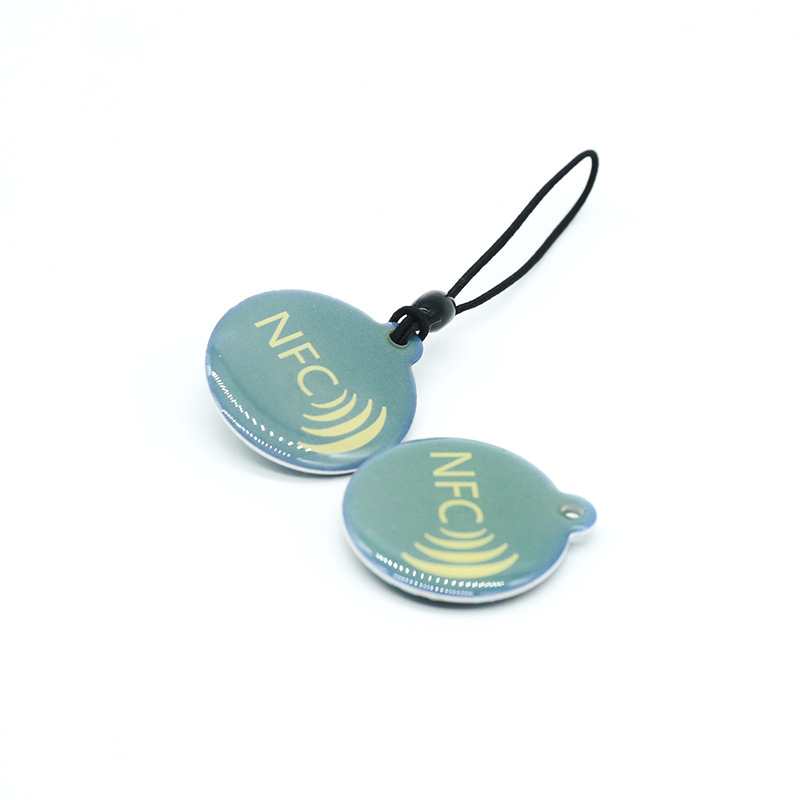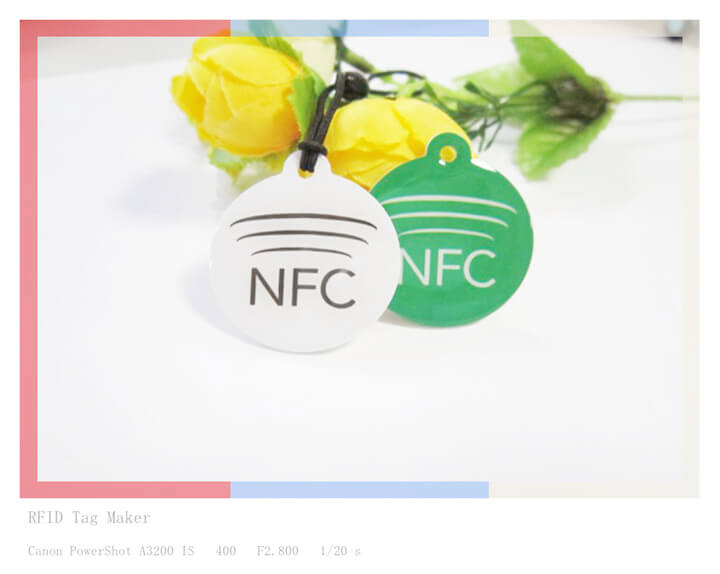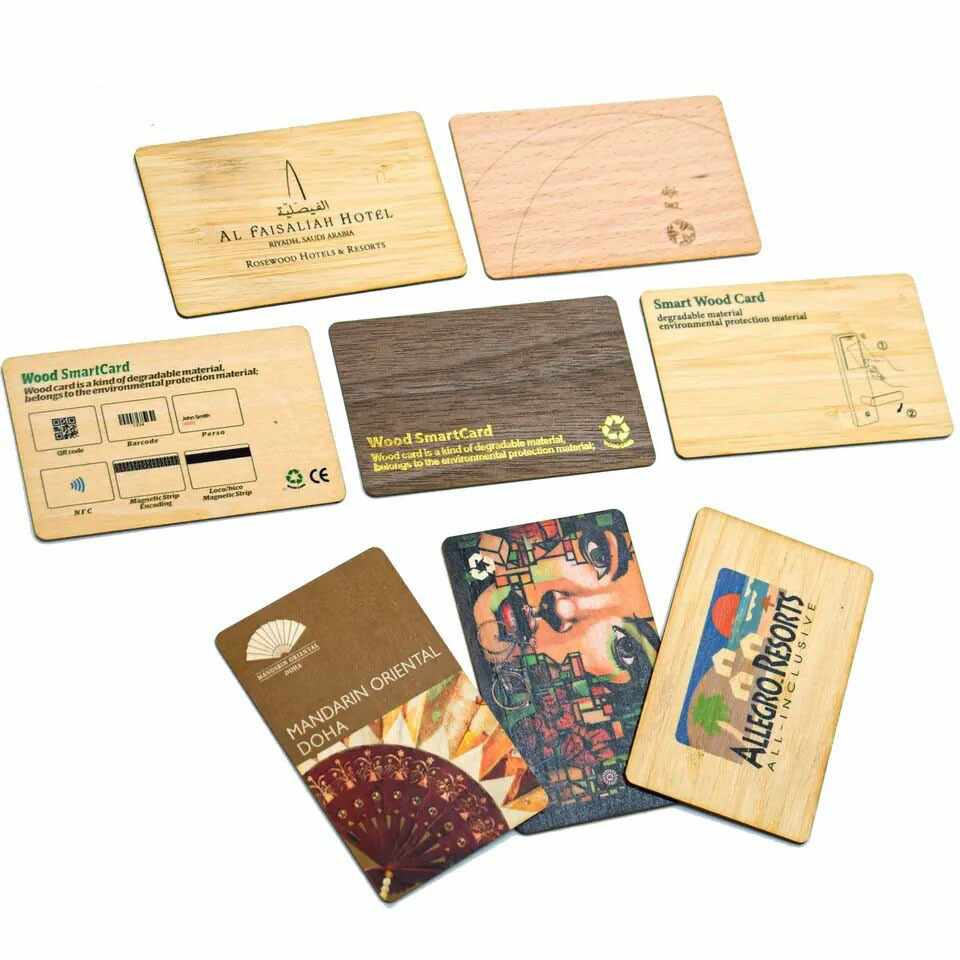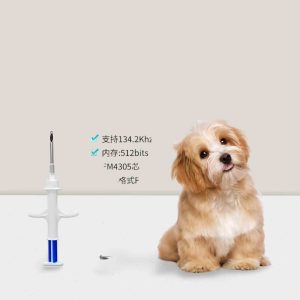New RFID applications and tags are constantly being developed. Many people don’t understand RFID tags. This article describes RFID tags and their most common uses.
RFID Tags?
RFID readers read signals from tiny RFID tags. Retail, manufacturing, and logistics use RFID tags. They contain:
RFID antennae substrate
RFID chips store item data. RFID readers can detect signals from antennae. The substrate supports other components.
Tracking tags usually have unique identifiers. An RFID reader can use the identifier to look up tag information in the database.
RFID tags work with advanced software. The RFID reader automatically updates a database with tag data. Businesses can benefit from real-time inventory and asset tracking.
RFID Tag Components:
Depending on the application, RFID tag components determine its functionality. Most tags have three main components:
Microchip/RFID
This computer chip stores and processes data. Based on power needs, it can be active or passive. An active tag has a battery and transmits information to the reader, while a passive tag needs an external source of energy.
Antenna
RFID tags need antennas to receive reader signals and send data. The antenna’s size and shape depend on the RFID system, from dipoles to printed coils or patch antennas.
Enclosure/Casing
Most RFID tags have hard plastic or other substrates to protect the chip and antenna. Tags may also have RF-blocking film or temperature-sensitive material, depending on the application.
RFID tags
RFID tags are categorized by chip type. Three main RFID tags exist:
Passive RFID
Battery-assisted passive RFID tags
Most RFID tags are passive. RFID readers power them. Passive tags are cheaper but shorter-ranged.
A battery powers the RFID chip and antenna in active RFID tags. They can reach farther than passive tags. Active tags cost more than passive tags but are worth it for long-range applications.
BAP RFID tags use a battery to power the RFID chip when the RFID reader is out of range. It can be read farther than a passive tag. BAP tags combine the long range of active tags with the low cost of passive tags.
RFID tags are also classified by frequency. RFID tags use three frequencies:
LF RFID tags
HF RFID tags
Ultra-high-frequency (UHF) RFID tags operate at 30–300 kHz. They perform well in metallic, wet, and other environments. These tags have a 10-cm read range. Security, livestock tracking, and access control are ideal applications.
HF/NFC RFID inlays/tags operate at 3–30 MHz. Anti-collision features allow multiple tags to be read simultaneously. HF RFID tags can read 1 m farther than LF RFID tags. Access control, contactless payments, and event management use HF tags.
UHF RFID tags operate at 300 MHz–3 GHz. The longest read range of RFID tags is 10 or 100 m. (active). Metal and water hinder them. Warehouse and asset tracking use UHF RFID tags.
RFID Tag Use: How?
Business RFID tags are simple. The installation is simple and doesn’t change your work habits. RFID tagging setup is as follows:
Best RFID Tag. Choose the right tag. Application affects choice. A long-range RFID tag is needed to track warehouse assets. A rugged, low-frequency tag is needed to track livestock.
Labels. Encoding RFID tags involves this. RFID programmers allow this. RFID printers can write many tags. Print and encode tags simultaneously.
Tags. Attaching the RFID tag to the asset or location to track. To track warehouse inventory, attach RFID tags to each item.
RFID readers. RFID readers read RFID tags. They can be handheld, desktop, or fixed. Find the right reader.
Software setup. This involves installing RFID data management software. This includes configuring software to read RFID tags and write data to a database.
System test. To ensure proper operation, the system must be tested after startup. Checking system data against database data does this.
Track Items. Track assets after the system is up and running. depending on your needs.
Experts can install and configure your RFID tagging system. This ensures proper system installation and operation.
Train employees to use the system. This will help them understand the system and how to track assets in your business.
How Should RFID Tags Be Affixed to Objects?
RFID tags can be affixed to objects in a variety of ways. The adhesive method is the most prevalent. There are numerous formulations of adhesives, including permanent and removable varieties.
Permanent adhesives are optimal for objects that will not be frequently relocated. In contrast, removable adhesives are ideal for objects that will be frequently relocated.
Another common method for attaching RFID tags to objects is by sewing them on. Typically utilized with RFID clothing tags and RFID laundry tags.
Other methods, including rivets, screws, and bolts, can also be used to attach RFID tags to objects. Select the method that best meets your requirements.
RFID tags can be attached to nearly any object, regardless of size, shape, or material. Just ensure that the tag is securely attached to the object so that it does not become lost or damaged.
Advantages of RFID Tags
RFID tags provide several advantages over conventional barcodes, including the following:
No Requirement for Line of Sight This means that RFID tags can be read without being in the reader’s line of sight. This is essential for tracking assets in a warehouse because it enables the tracking of items on shelves.
Long Read Range. Depending on the tag type and reader, RFID tags have a long read range, meaning they can be read from a distance (up to 100 meters). This allows you to track assets that are dispersed across a large area, such as on a construction site.
Rapid Read Speed RFID tags can be read quickly, allowing for the rapid tracking of a large number of assets. This characteristic makes it ideal for businesses with a high inventory turnover rate, such as retail stores.
Superior Capacity RFID tags can store more data than barcodes, allowing you to track more asset information. As a result, it can be used in businesses that need to track a great deal of asset information, such as the serial number, model number, and purchase date.
Reusable. Read/write RFID tags are reusable, so they do not need to be replaced every time a new asset needs to be tracked. This is essential for businesses that track a large number of assets, as it reduces costs over time.
While the benefits of using RFID tags are evident, you should also be aware of their disadvantages.
For example, RFID tags have a higher initial cost than barcodes. RFID tags and RFID readers are complicated and more expensive. In addition, the entire RFID system must be installed and configured, which can increase costs.
Additionally, RFID technology is fraught with security concerns. RFID tags can be read without the knowledge or permission of the owner. As a result, it is essential to safeguard the information stored on RFID tags.
Despite these drawbacks, RFID tags are a popular technology that offers numerous advantages over conventional barcoding systems. RFID tags should be considered if asset tracking is a priority for your business.
















